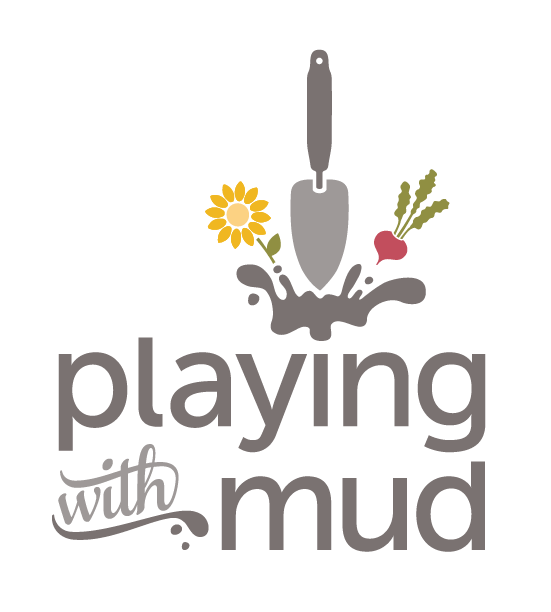It’s chick season! This is the first time in three years that we are not bringing little baby chicks home and I am going to miss the trips to the garage to say hello to the wide-eyed little peeping feathered babies. However, if you are thinking about raising chickens, this is the time of year to visit your local co-op and have a look (I dare you to walk out of there empty handed!). I was super nervous and had already fallen in love as we brought our first chicks home, but soon learned with the right set up (thanks to the mentoring of a friend, good books, and lots of internet research) all would be fine. If you are thinking about chicks (quit thinking and just go get them), here is what you’ll need to get started:
Supplies for Your Chicks
Brooder box: I used a 45 gallon bin, which comfortably fit my first three chicks and gave room for them to grow, it also has been a big enough space when a grown chicken needed to be temporarily separated from the flock (eh-em, our bully Miss Leggs)
Screen lid: remove (or cut like I did) the lid and add a screen, this helps airflow plus makes the space for the heat lamp. If you choose to not use a screen beware that as they grow they may try to jump or fly out.
Heat lamp: use a red bulb, in the case of any injury this will disguise the color and keep from the others pecking at the injured chick.
Thermometer: place at 2-3 inches from the box floor so that you can measure the temperature from where the chicks hang out.
Wood shavings: I placed newspaper underneath to make cleaning easier and then layered with about 1-2 inches of shavings. Don’t use cedar!
Food dish: the co-op or online have great options, I like the kind that allows for a jar to screw on to the top, it makes refilling food easy (and Sweet Pea loved roosting on the top)
Water dish: keep on the opposite side of the heat lamp so it stays cool. Make sure its shallow and not big enough for them to swim in it (chickens don’t swim!).
Chick Starter Feed: chickens need different grades of food for their different growth stages. My favorite is Scratch and Peck Feeds Chick Starter and Grit. Chicks will eat starter feed until they are about 8 weeks old, then they graduate to grower feed till around 20 weeks, and finally onto layer feed. Check out Scratch and Peck Feeds’ Feeding Guide. (I’m not sponsored, I just really love their product!).
Caring for Your Chicks
Pick your chicks! There are many breeds of chickens, who knew?! My friend shared this resource by The Livestock Conservancy with me, which helped me decide what characteristics I wanted in my flock. The co-ops will have a schedule of when they will be getting in different breeds, so you can compare those to what you’ve already picked out as your favorites.
Set up your brooder before you pick up your chicks, this allows the heat lamp to warm up the box (your new, cold, scared chicks will appreciate it).
Check food and water daily, as they grow they get messier (they’ll poop in their water, yuck!) so will need some freshening up a few times a day.
Monitor the temperature, start the brooder at 95 degrees (this may mean lowering your heat lamp into the brooder box at first; don’t worry as at this point the chicks are too little to jump at it). Decrease the temperature by 5 degrees each week (just raise the lamp up and watch the thermometer) until it is at the same temps as outside. Watch your chicks, they will let you know what temperature they need, and as they grow feathers they’ll need less heat and be able to warm themselves.
Too hot: chicks will be away from the heat lamp, panting, drinking extra amounts of water (their poop will be really runny if they are doing this)
Too cold: chicks are huddled under the lamp, possibly shivering, and peeping a lot and loudly; huddling to sleep is normal (they even do this as adults), but huddling, shivering, and peeping loudly is not normal
















